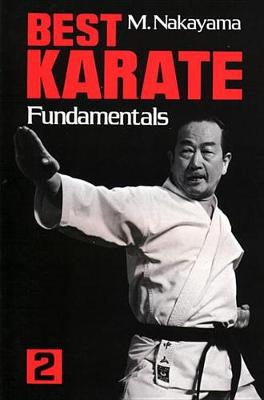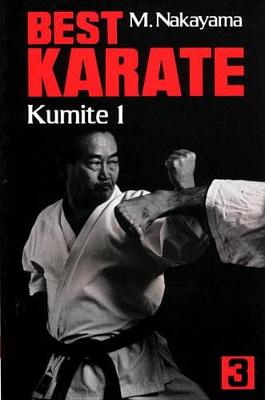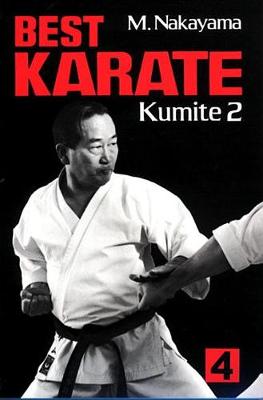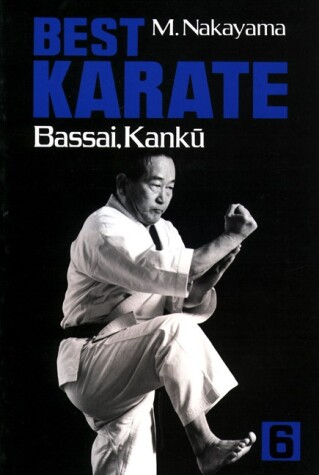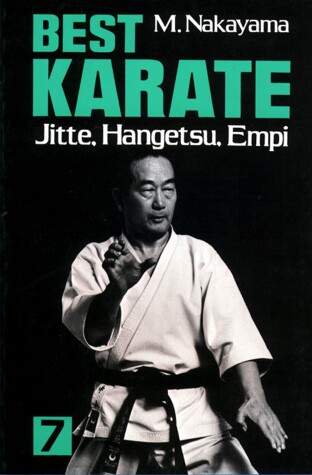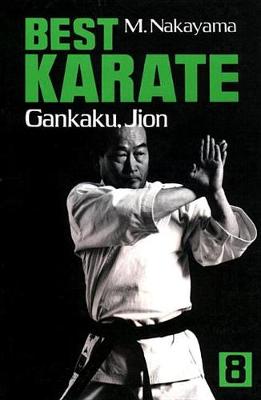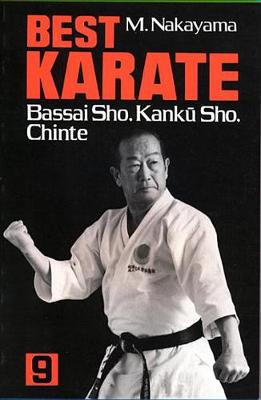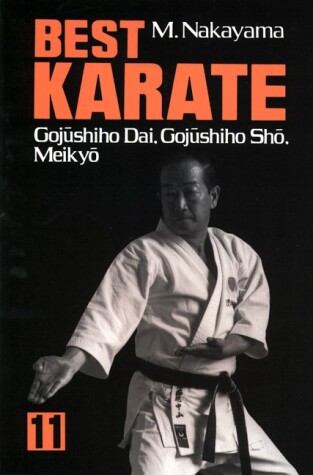Best karate
11 primary works
Book 1
The fundamentals as presented in this volume, briefly but accurately, are the distillation of the author's forty-six years' experience in this art of self-defense. As well as setting forth the basic rules that must be put into practice when performing kata or applying techniques in kumite, this volume pinpoints the underlying physical and
Book 2
Book 3
Book 4
Book 5
Book 6
Book 7
In the Jion kata there are many crisp, flowing movements, but within these calm, harmonious movements are strong, spirited techniques appropriate for mastering shifting positions, changing directions and sliding the feet.
Book 8
Book 9
Book 10
Book 11

